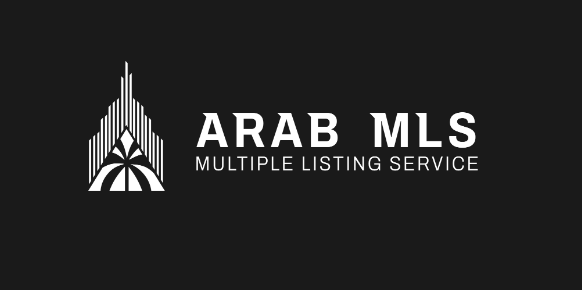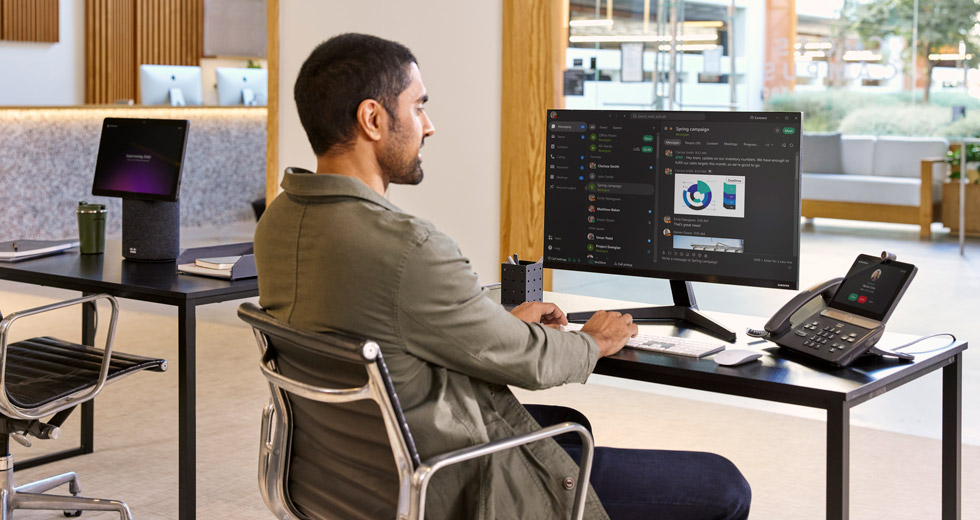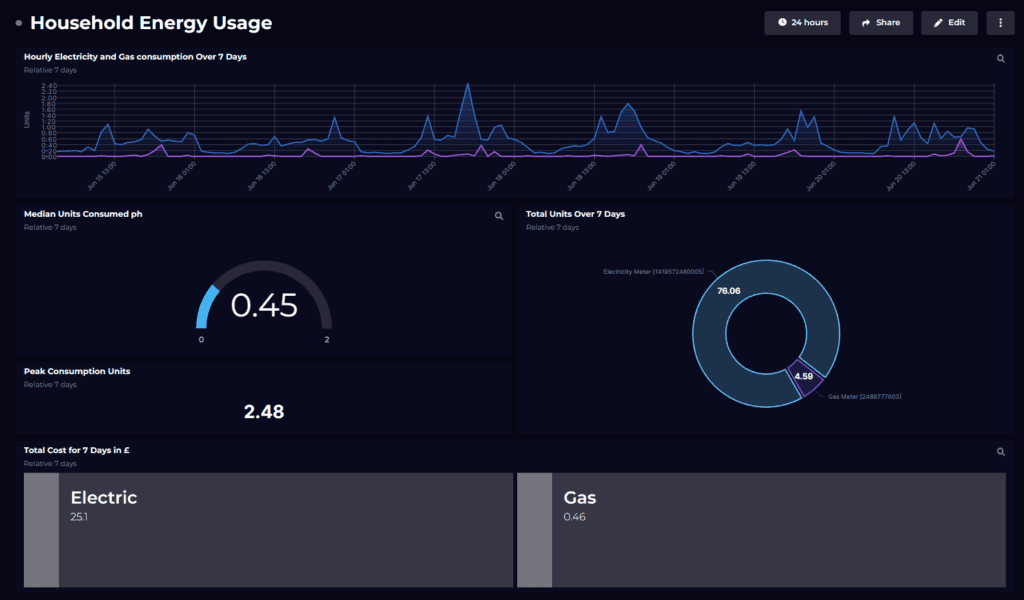In the digital age of real estate, Multiple Listing Services (MLS) are not just data repositories—they are vital ecosystems where agents, brokers, appraisers, and buyers interact. Yet, even the most sophisticated MLS system will fall short without strong user engagement. Simply offering a platform is not enough. For an MLS to fulfill its potential, users must be active participants—updating listings, exploring tools, analyzing data, and building relationships within the system.
User engagement means more than daily logins. It involves the consistent and purposeful use of features that lead to higher productivity, better collaboration, and enhanced service delivery. To cultivate this level of involvement, MLS providers need to develop strategic approaches that address user needs, eliminate barriers, and foster ongoing participation.
This article explores how to increase MLS user engagement through thoughtful platform design, tailored training, personalized experiences, responsive support, and an active feedback loop.
Understanding the User Base
One of the most critical steps in developing a successful engagement strategy is understanding who is using the MLS and what they need. The typical MLS user might be a seasoned broker managing dozens of agents, a newly licensed real estate agent still learning the industry, an appraiser relying on historical data, or an admin responsible for managing listings. These roles vary significantly in technical skill, expectations, and priorities.
A one-size-fits-all approach to engagement will likely miss the mark. Instead, MLS providers must segment their audience and create tailored experiences. A broker may want analytics tools and integration with CRM systems. An agent may seek mobile access and listing alerts. An admin user may require bulk upload capabilities and data validation support. Recognizing these differences and adapting the platform accordingly will go a long way in encouraging regular and meaningful usage.
Barriers to Engagement

Even with a robust system, several factors can hinder engagement. One common challenge is the complexity of the platform. MLS systems are often packed with features, many of which are poorly organized or difficult to navigate. A cluttered interface with confusing workflows can deter users, particularly new ones, from exploring the system fully.
Another issue is the lack of proper onboarding and continuous training. Many users are introduced to the MLS through a single orientation session and left to figure things out on their own. Without ongoing support, they may never discover advanced tools that could improve their productivity and satisfaction.
Customer service can also influence engagement. When users face technical issues or confusion and can’t get timely help, they tend to disengage. If it’s easier to ask a colleague for help or avoid the feature altogether, many will choose that path.
Other barriers include the lack of personalized experiences, poor mobile access, and insufficient communication about new features. Recognizing these obstacles is essential before creating any engagement strategy.
Simplifying the Platform Experience
One of the most effective ways to boost engagement is to make the MLS platform as user-friendly as possible. The interface should be clean and intuitive, reducing the number of clicks required to complete key actions like adding a listing, running a search, or scheduling a showing. The design should prioritize usability, especially for first-time users, while still offering depth for power users.
Mobile optimization is critical. Real estate professionals are constantly on the move. If they can’t use the MLS smoothly on a smartphone or tablet, they’re unlikely to engage consistently. Responsive design and mobile apps must provide a seamless experience, allowing users to access all critical features on the go.
Reducing complexity doesn’t mean removing functionality—it means organizing it in a way that’s easy to navigate. Using user interface best practices, developers can prioritize tasks, simplify workflows, and create consistency across tools.
Creating a Robust Onboarding Process
First impressions matter. A positive onboarding experience can significantly increase long-term engagement. Instead of relying on dense manuals or lengthy webinars, MLS platforms should offer interactive walkthroughs, short tutorial videos, and contextual help buttons that guide users through each step.
Users should be able to explore the platform at their own pace while still receiving encouragement to complete key milestones. For example, prompts like “Add your first listing” or “Create your first saved search” can help new users build momentum.
Beyond the initial setup, onboarding should be an ongoing process. As features evolve or new tools are introduced, users should receive mini-tutorials or guided tours that update them without overwhelming them. Personalized onboarding—based on user type or activity level—makes the process even more effective.
Tailoring Training to Different Roles
A major reason why many users don’t fully engage with MLS features is the absence of ongoing, role-specific training. Brokers may benefit from sessions on team management and performance analytics, while agents might be more interested in training related to search filters, listing syndication, and marketing tools.
Training resources should be diverse and accessible. Some users prefer live webinars with Q&A sessions, while others may want short, on-demand videos they can watch between appointments. Written guides, infographics, and FAQs also serve different learning styles.
Importantly, training should evolve alongside the platform. Each system update or new feature rollout should include relevant training content that’s easily accessible from the dashboard or email communications.
Encouraging Personalization and Proactive Alerts
A personalized experience can make users feel more connected to the platform. Custom dashboards that display recent activity, saved searches, or recommended listings can help users engage more frequently. Alerts about listing status changes, market activity in their area, or saved search results can drive re-engagement and encourage action.
Machine learning can enhance personalization even further by analyzing user behavior and offering suggestions tailored to their interests. For example, if an agent frequently lists properties in a specific neighborhood, the system might prioritize relevant market reports or trends in that area.
Integrating with Existing Workflows
Users are more likely to engage with MLS platforms that integrate with tools they already use. Connecting the MLS with CRMs, transaction management platforms, digital signature software, and calendar tools allows agents to streamline their workflow without toggling between systems.
For example, when a new lead comes through a listing page, it should automatically appear in the agent’s CRM. Listing updates should sync with their showing scheduler. These small conveniences encourage daily use and make the MLS an indispensable part of the real estate tech stack.
Building a Community Around the Platform
People engage more when they feel like part of a community. MLS providers can foster this sense of community by creating online groups, hosting virtual networking events, or highlighting member success stories. These spaces allow users to share best practices, ask questions, and get support from peers.
Recognizing and rewarding active users is another way to build community. Whether through leaderboards, spotlight features, or certifications, public acknowledgment can drive healthy competition and motivation.
Providing Responsive Support
Good customer service is essential for engagement. Users should know where to turn when they encounter a problem or have a question. Offering multiple support channels—such as live chat, email, phone, or even in-platform messaging—can ensure users receive help quickly.
Support agents should be well-trained not only in technical troubleshooting but also in user education. When users receive clear, empathetic, and solution-oriented support, they are more likely to return and explore additional features.
Listening and Adapting to User Feedback
Engagement is a two-way relationship. MLS platforms should have mechanisms in place for collecting feedback, such as surveys, suggestion boxes, or user advisory panels. More importantly, they should act on that feedback.
When users see that their suggestions lead to real improvements—such as interface changes, new features, or better documentation—they feel a greater sense of ownership and loyalty. Regular updates that highlight “What’s New” based on user input can reinforce this loop.
Tracking Engagement and Optimizing Over Time
To ensure engagement strategies are effective, MLS providers need to track usage data. Metrics such as active users, feature adoption rates, session duration, and support ticket volume can reveal what’s working and what’s not.
For example, if a new tool has low adoption, the issue might be awareness, usability, or relevance. User interviews and heatmaps can help identify friction points. A/B testing can be used to try different interface layouts or training materials.
Ultimately, engagement is not a one-time goal—it’s a process of continuous refinement based on user behavior and platform evolution.
Conclusion
User engagement is what transforms an MLS from a passive database into a dynamic platform for collaboration, growth, and innovation. It ensures listings are accurate, transactions are efficient, and professionals are empowered.
By simplifying the platform, offering tailored training, personalizing the experience, providing responsive support, and listening to feedback, MLS providers can build a loyal, engaged user base that sees the system not just as a requirement—but as a vital business partner.
In a fast-changing real estate industry, engagement is the foundation for long-term success. It enables MLS platforms to adapt, grow, and continuously provide value to every user.













